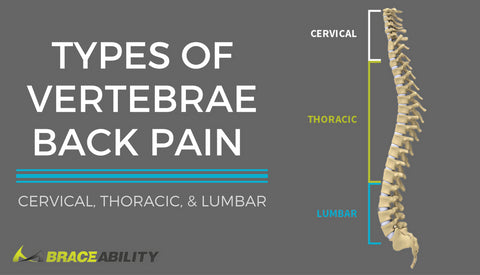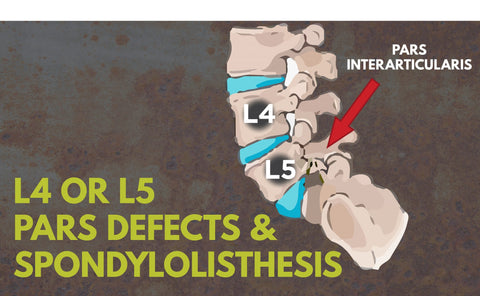6 Best Sacroiliac Joint Pain Exercises, and 5 to Avoid
The sacroiliac joint is the joint connecting the sacrum of the spine to either the right or left iliac bone. These iliac bones are the large ones that form your pelvis. The sacrum is the triangular bone structure located at the lower part of the spine just above the tailbone.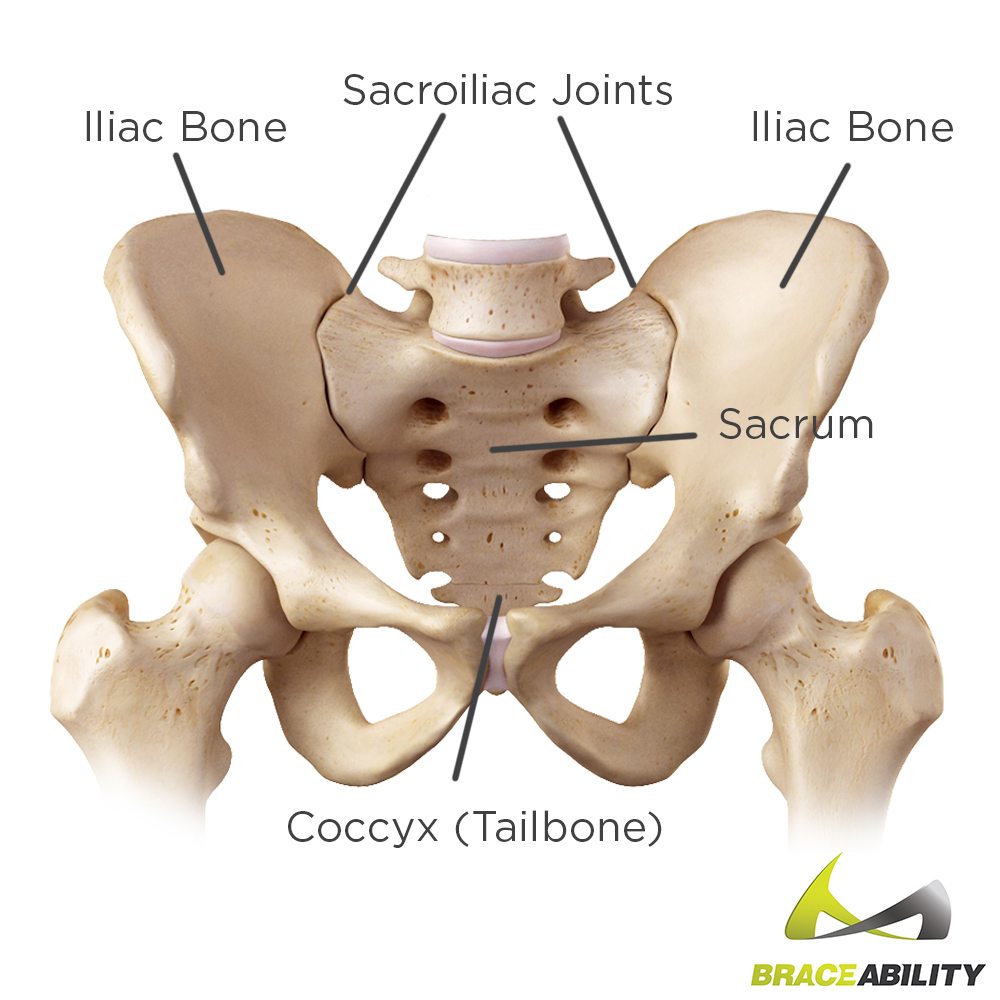
These sacroiliac joints are important not to mention impressive when you consider what they can handle; they support the weight of your entire upper body when you are upright and help you balance as you walk, as well as absorbing shock to the spine. These joints are relatively immobile, typically allowing for just a few degrees of rotation.
Some things that can irritate the sacroiliac joint and result in lower back pain and discomfort would include: the wear and tear of aging, injury of the joint due to a fall or severe impact, an abnormal gait (how a person walks), certain medical conditions, or loosening ligaments due to hormone changes during pregnancy. Women are 8-10 times more likely to have sacroiliac joint pain than men, due to the structural and hormonal differences between the sexes.
Read more about SI joint pain symptoms, causes, and treatment options.
Sacroiliac Exercises for SI Joint Pain Relief
While not all instances of sacroiliac injury can be treated, for some, sacroiliac exercises can be very helpful toward relieving sacroiliac joint pain, curing lower back pain and even preventing SI joint dysfunction from reoccurring.
Below there are a few exercises and stretches for SI joint pain and dysfunction as well as some exercises and activities to avoid. But these should not be undertaken until you have consulted with a doctor to make sure your condition is such that physical therapy for SI joint pain will not cause further harm. You may also want to consider a sacroiliac belt for added treatment and pain relief in addition to exercising.
Many SI joint pain exercises have their roots in either pilates or yoga, as both of these practices emphasize improving flexibility, balance, strength and stability. Improving on these things relative to the SI joint and related tissues can help with sacroiliac joint pain management.
1. Knee-to-Chest Stretch
The knee-to-chest stretch is one of the more gentle SI joint pain stretches you can do; but do not think this means it is ineffective. This is a helpful pilates stretch for both the back and hips. For this stretch, you can do either single leg or double leg as shown below.
Single knee-to-chest stretch: Lie on your back with your legs extended. Exhale as you draw one knee to the chest and hold it for 5-10 seconds. Inhale as you lower the leg back to the mat and then repeat with the alternate leg. Continue this process until you have completed 8-10 repetitions per leg. Those with severe lower back pain may find it less painful to keep the unengaged leg in a bent position with the foot flat on the ground during this SI exercise.
Lacking flexibility? Don't worry! Try out The Original Stretch Out Strap. It's a top choice among physical therapists and athletic trainers.
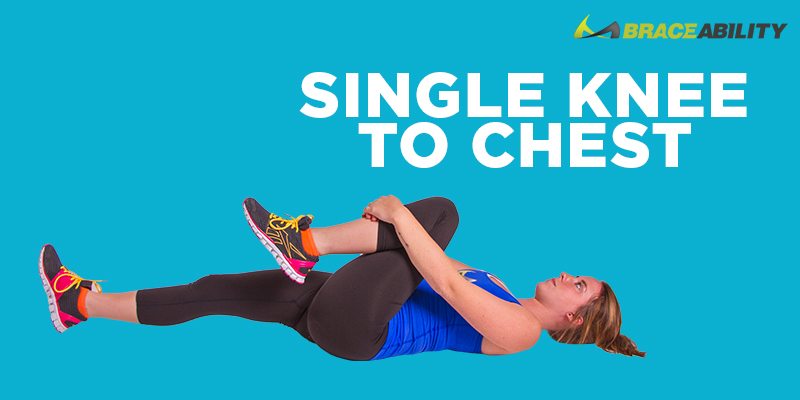
Double knee-to-chest stretch: Lie on your back and draw both knees to your chest and hug them, relaxing the spine. Hold this position for 5-10 seconds and then slowly lower the legs. Repeat 8-10 repetitions per leg.
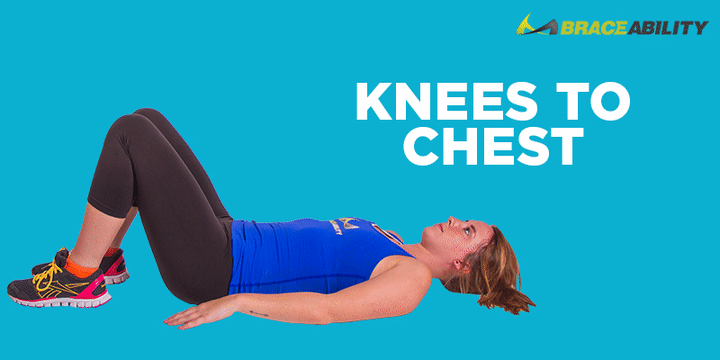
2. Knee Rotation
Knee rotations are another one of the SI joint pain stretches that is fairly gentle but effective. To begin, lay flat your back with the knees bent and both your feet flat on the floor. Keeping the lower back anchored on the floor and the lower spine relatively still, allow your knees to gently sway to the left, hold for a few seconds, and then return the knees to center. Now repeat this process on your right side. Continue this process until you have completed 8-10 repetitions for each leg.

3. Bridge
This exercise helps to build strength in your glutes and lower back, helping to support the SI joint. To perform this exercise, lie on your back with your knees bent and the arms against the body and palms against the floor. Squeeze the buttocks and raise the hips off the ground to bring the torso into a straight diagonal line. Hold this position for 5 seconds then slowly lower yourself back to the ground. Repeat 8-10 times.
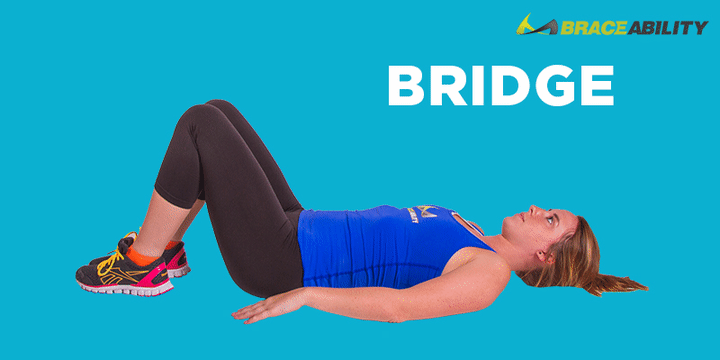
4. Cobra
The yoga-inspired cobra pose, or bhujangasana, can be especially effective for overly mobile SI joints. For this SI pain exercise, start by lying on your stomach. Slide your hands beneath your shoulders and push up, extending your arms and bringing your upper body off the floor while keeping your pelvis and legs on the ground.
While doing this SI joint dysfunction stretch, you should focus on pulling your shoulders down and away from your ears as well as on relaxing your lower back and buttocks. Hold this position for 15 to 30 seconds, and then slowly lower back down to the floor. Repeat 3 times.
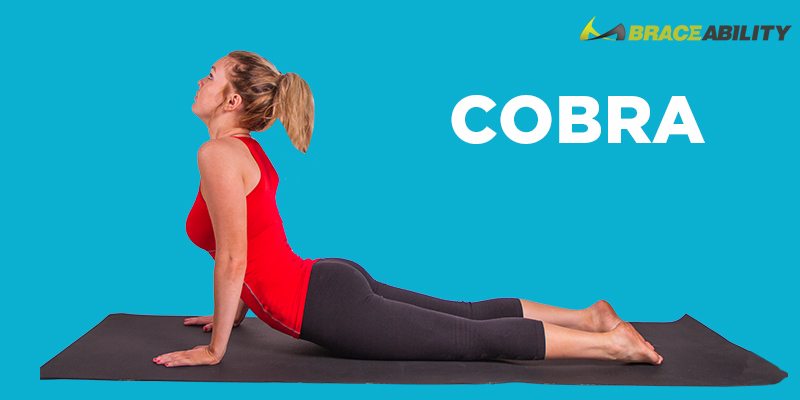
For this exercise and the two stretches following, we recommend using a yoga mat. Your knees will thank us later.
5. Child's Pose Stretch
This is a common beginner's pose in yoga. It will help you to stretch the hips and thighs and relax your muscles by focusing on your breathing. For this stretch, you will start on your hands and knees. Make sure your knees are spread apart and rest your buttocks on your heels. Extend your arms with your palms facing down reaching as far as you can. Hold this up to a minute and repeat in between stretches as needed.
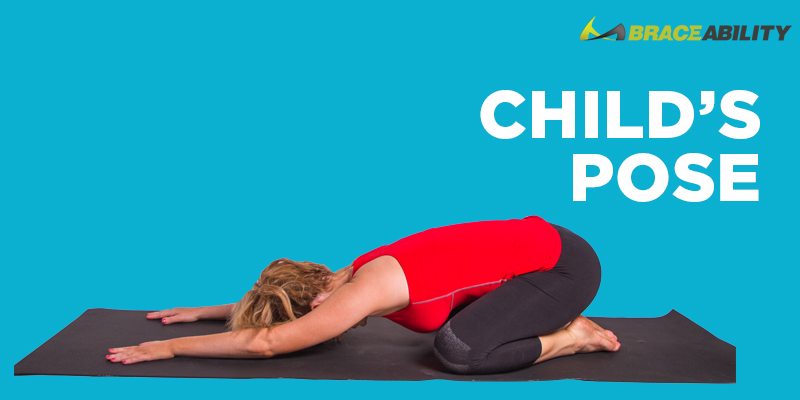
6. Bird Dog
This exercise will work your lower back and abdominal muscles to help gain stability of the lumbar spine. Begin by starting on all fours, making sure to keep your spine and neck in a neutral position by looking at the ground. Slowing extend your right leg behind your while simultaneously reaching your left arm forward. It is important to keep your shoulders and hips straight so your back doesn't arch. Hold for 5 seconds. Repeat 6-10 repetitions per side. If you need to modify this exercise, you can just focus on extending your leg one at a time and not your arms.

SI Joint Exercises or Activities to Avoid

There are certain exercises that aggravate the sacroiliac joint by putting extra pressure on the SI joints. We recommend participating in the above exercises and avoiding all activities that increase strain put on the sacroiliac joint. Some exercises to avoid would be:
- Crunches or sit-ups
- Any exercise or activity that involves a lot of twisting or turning at the hips such as golf or tennis
- Heavy weight lifting, especially those involving the lower back
- Contact sports that could further injure your SI joint such as football or basketball
- Excessive biking or long rides can actually cause more harm than good by putting extra pressure on the sacroiliac joints











